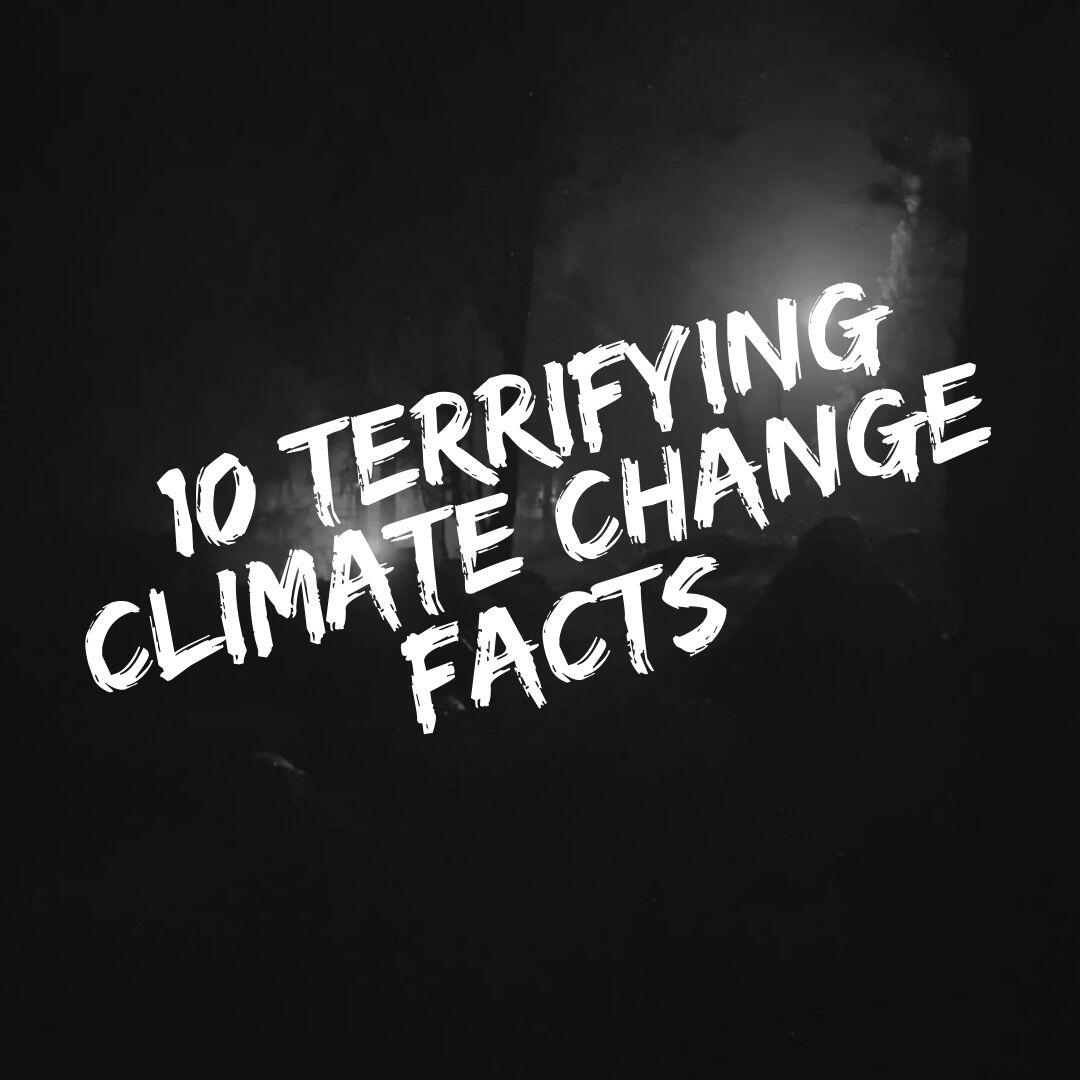
It’s Halloween, and in true ghoulish style, the MoreTrees team have been sitting around a pumpkin, sharing their harrowing climate change stories.
Can you make it to the end?

It’s Halloween, and in true ghoulish style, the MoreTrees team have been sitting around a pumpkin, sharing their harrowing climate change stories.
Can you make it to the end?
If we don’t take action, the collapse of our civilisations and the extinction of much of the natural world is on the horizon.” Stark but true words from David Attenborough.
The effects of climate change could make certain parts of the world uninhabitable while reducing crop yield and livestock. Some experts warn that this could lead to the demise of humanity and that the intervention time we have left isn’t enough.
There has been a planet-warming trend over the past 50 years, and this year is set to be the warmest on record.
If you caught our recent blog on why carbon dioxide is harmful to the environment, you know that since the industrial revolution carbon emissions have increased. The rise in carbon dioxide is causing the earth’s temperatures to rise because of the greenhouse effect.
'The greenhouse effect is trapping of the sun’s solar energy by greenhouse gases, such as carbon dioxide. The increase in carbon dioxide emissions is tipping the greenhouse effect out of balance and retaining too much of the sun’s heat and slowly warming the earth up.'
Most months this year have set new temperature records and those that haven’t have been very close. In other words, more action must be taken.
The freezing waters at the bottom of the sea aren’t immune to climate change and are increasing in temperature faster than previously thought.
At four different depths in the Atlantic Ocean, water points between 1,360m and 4,757m deep have warmed by 0.02°C – 0.04°C. Rising sea temperatures aren’t just bad for rising sea levels (which we’ll come to shortly), they’re also terrible news for sea life.
The sea surface temperature has risen approximately 0.13°F every decade, which is affecting breeding patterns, migration and microbe presence. Carbon dioxide is also causing ocean acidification, harming coral, plankton and other marine species.
Since the early 20th century, more than 80% of the snow and ice on Africa’s highest peak has melted.
And, this isn’t the only case of disappearing ice. Researchers believe that glaciers in the Garhwal Himalaya in India could virtually disappear by 2035. The big melt is causing oceans to expand in volume, sea currents to slow and animals such as the walrus and polar bear to lose their home.
It’s also important to remember that tree planting brings tonnes of other benefits too,
A group of specialists believe sea levels could rise by more than a meter by 2100, and as high as 5 metres by 2300.
Rising sea levels could drown areas home to hundreds of millions of people and animals, and affecting coastal erosion and fishing patterns.
Climate change is one of the primary predators of wildlife, accelerating the rate of extinction.
Increase temperatures, erratic rainfall and extreme weather events a will eventually make certain areas on earth uninhabitable for wildlife, causing severe cases of extinction.
If temperatures continue rising, Madagascar could lose 60% of its species, the Miombo Woodlands could lose 80% of mammals, and southwest Australia could lose 89% of its amphibians.
The boreal forests, the northernmost forests in the world and cover 10% of land surface. Rising temperatures and reduced rainfall make forests more susceptible to wildfire, and that’s not the only problem.
The benefit of trees in the fight against climate change is that they store carbon dioxide – absorbing it from the atmosphere. However, when forests burn, this carbon is released into the atmosphere, and the tree loses its future ability to store carbon.
If temperatures continue rising, Madagascar could lose 60% of its species, the Miombo Woodlands could lose 80% of mammals, and southwest Australia could lose 89% of its amphibians.
While some experts disagree on how long we have to prevent irreversible damage from climate change, the general agreement is that we don’t have long. And some experts believe the irreversible has already happened.
We are truly the last generation that can make a real different – and the time is now.
If these climate change facts have worked well to scare you, then it may frighten you, even more, to hear that we’re still 30 years away from the UK’s net-zero target.
For some, this isn’t much time at all to reduce their carbon footprint and offset any remaining carbon emissions. For others, this isn’t soon either. Either way, it’s scary.
What is the UK’s net-zero target? In June 2019, legislation was passed requiring the UK government to reduce the UK’s net greenhouse gas emissions by 100% by 2050. This means by 2050, the UK must balance the amount of carbon dioxide and other greenhouse gas emissions products and the amount removed from the atmosphere.
These are spooky Halloween tales – they’re real-life facts. Climate change is a horror story all year round, and if that doesn’t scare you, nothing will.
Plant your first tree Copyright by Eco Credits Limited, t/a More Trees by THG Eco - 2023
Copyright by Eco Credits Limited, t/a More Trees by THG Eco - 2023